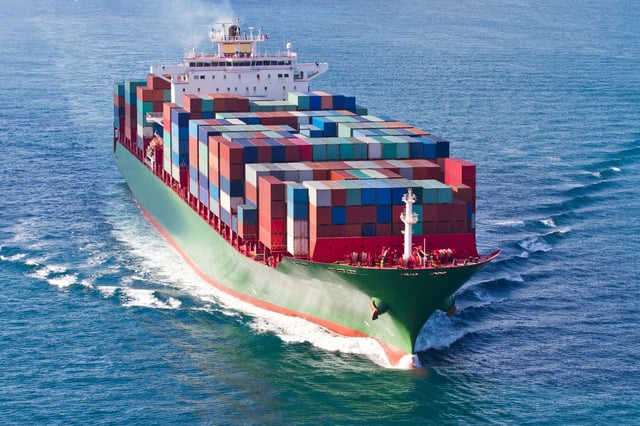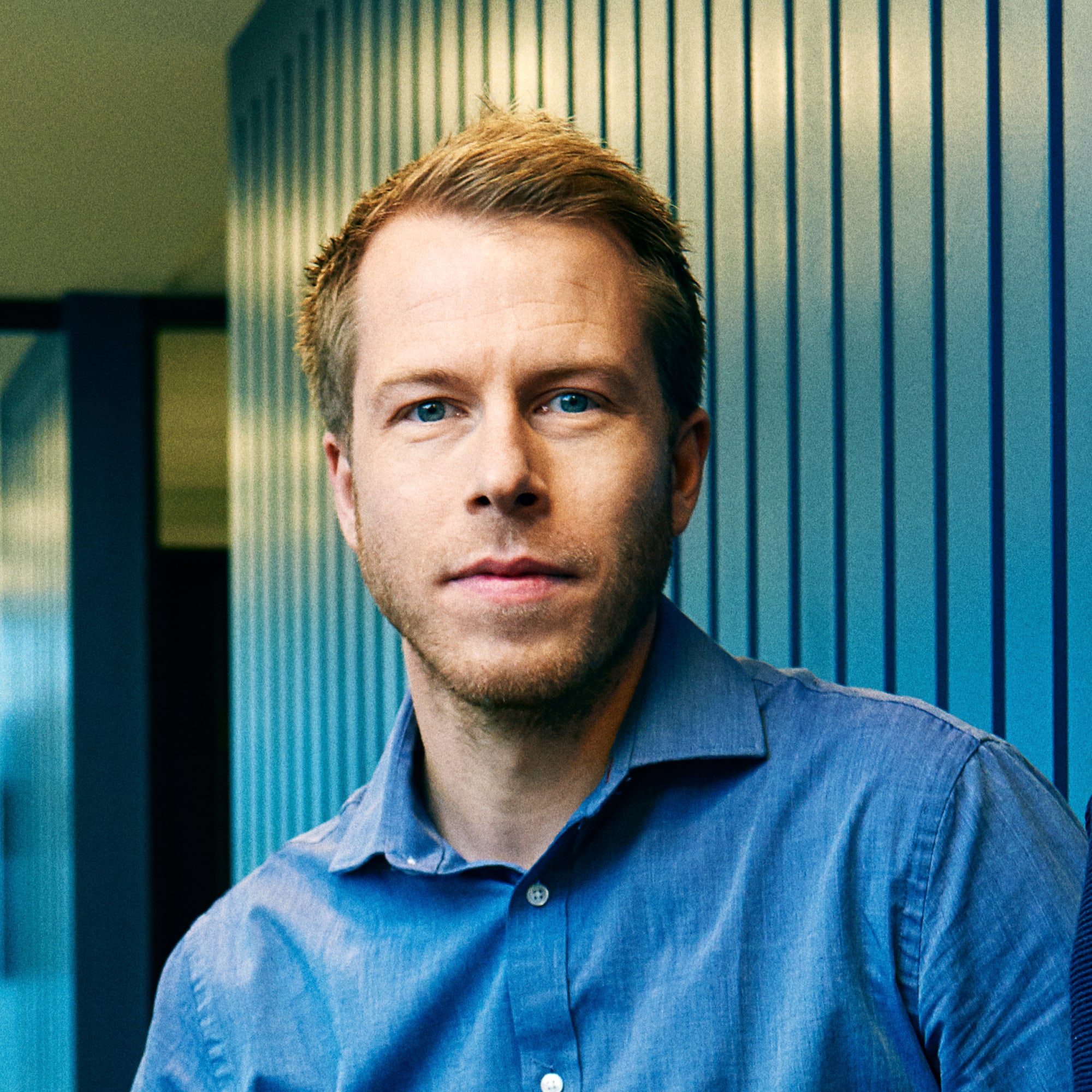
On February 16, Asian families and friends worldwide will welcome the Year of the Dog with fireworks, feasting, and red envelopes. Every year, Chinese New Year plays havoc with international trade of every product moving in or out of Asia, with box rates skyrocketing as we get closer to the date. From January 1 to today, Xeneta reports a 3% increase on the spot market average rate on the popular China Main – North Europe Main ports routes for a 40 footer. Naturally, we anticipate this to tick up with already announced planned carrier rate hikes starting February 1. What can be done to avoid the higher rates and interrupted shipments?
Asia, and usually China, are the major supply source for most retail items. The massive volume of products shipping in dozens of thousands of containers weekly is staggering and very carefully choreographed. China’s infrastructure is geared to move products to the port cities quickly and efficiently, then loaded onto the equally choreographed container shipping schedules, and then to their destinations in retail, industrial and wholesale markets in virtually every country on earth.
Chinese New Year and Commerce Halts | Why?
Chinese New Year is a family holiday, and the workers leave their jobs 7-10 days prior in order to return home. Part of China’s wage gap issues and resulting social problems stem from the huge migration of their citizens from the poor middle – western provinces to the better pay offered by the export-oriented companies close to the ports. These workers return home only during the New Year holiday, with most able to afford only bus or train transport. Hence they need to leave their jobs a week or so prior, and return a week or so later, with a resulting loss of production in that three-week span.
Related Reading
Survival Guide | Ocean Freight Rate Negotiations
A Visual History of Shipping Mergers and Acquisitions
CNY Shipping Tips for Supply Chain Managers
How does the pro-active Supply Chain Manager keep his/her business running smoothly during this time period?
It’s an issue of accurately scheduling your purchasing, talking with your suppliers, talking to your carriers, and knowing (as exactly as possible) what you need in your plants or stores in the month before and six-seven weeks after Chinese New Year as possible.
Pre-New Year:
- When will your supplier stop shipping? And when will these goods actually arrive at the port?
- Rates rise and cargo tends to get left at the docks, so double-check and triple-check with your carrier/NVOCC to ensure your rates are locked-in and your cargo gets loaded on board.
- What is your carrier / NVO’s last date to receive and load containers? When will these boxes arrive where you need them?
Post-New Year:
- Will your supplier ship anything to the port for delivery to the carrier’s first vessel outbound?
- If not, when will they resume production?
- When will they resume shipping to the ports?
- When will they next have goods at the port for you?
Other Issues:
- Do you need to factor any export-side inspections? If so, get it scheduled prior to the holiday.
- Any degradation issues if your goods sit in an Asian export warehouse?
You’ve got to cover approximately a 5-8 week gap where nothing is arriving. You may have goods on the water in the 2nd half of this time, but that’s not goods on the ground. But hey, it’s the Year of the Dog, where intelligence, being straight-forward, and a strong sense of responsibility are prized – good luck and Kung Hay Fat Choy!
%201.png)






